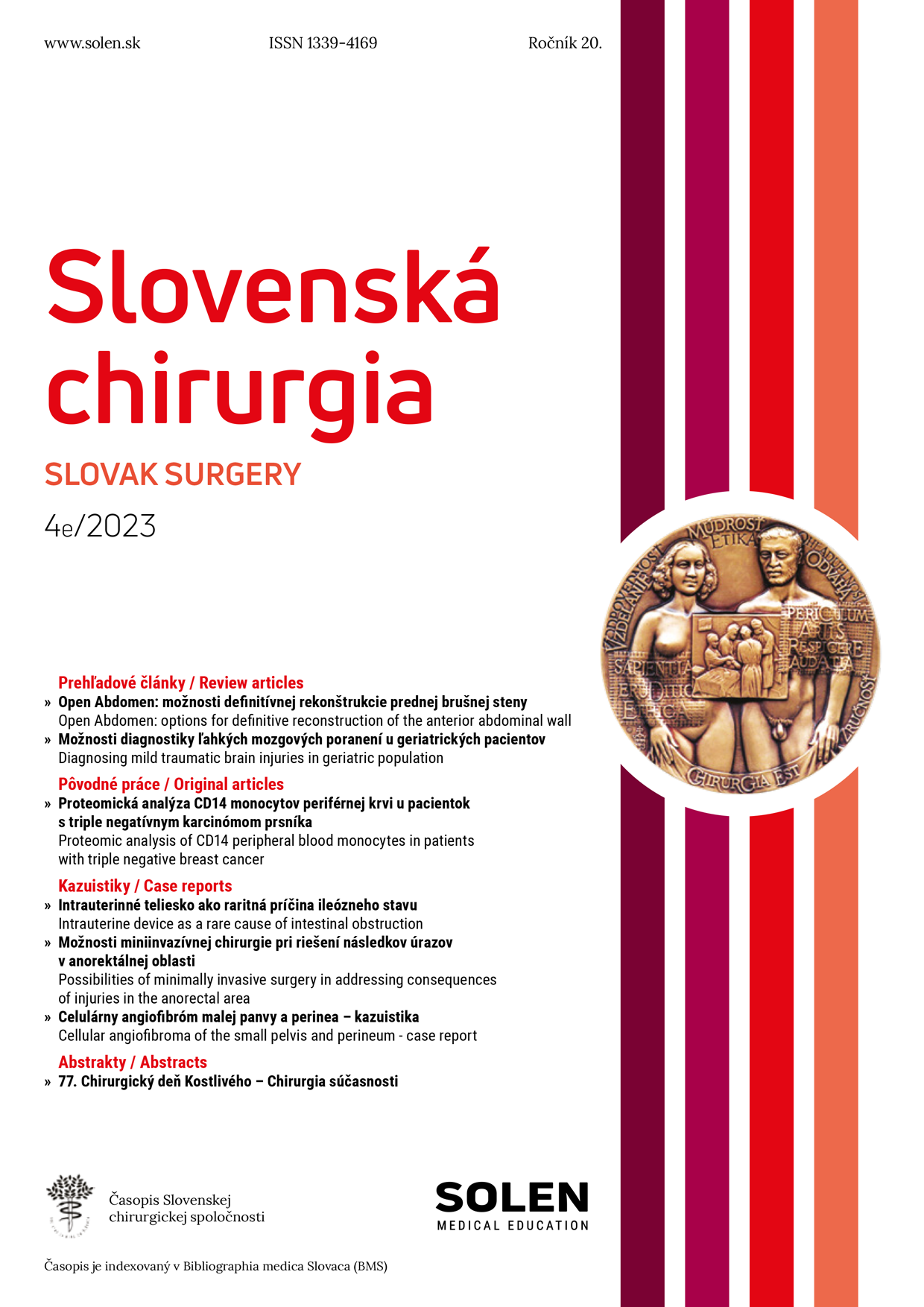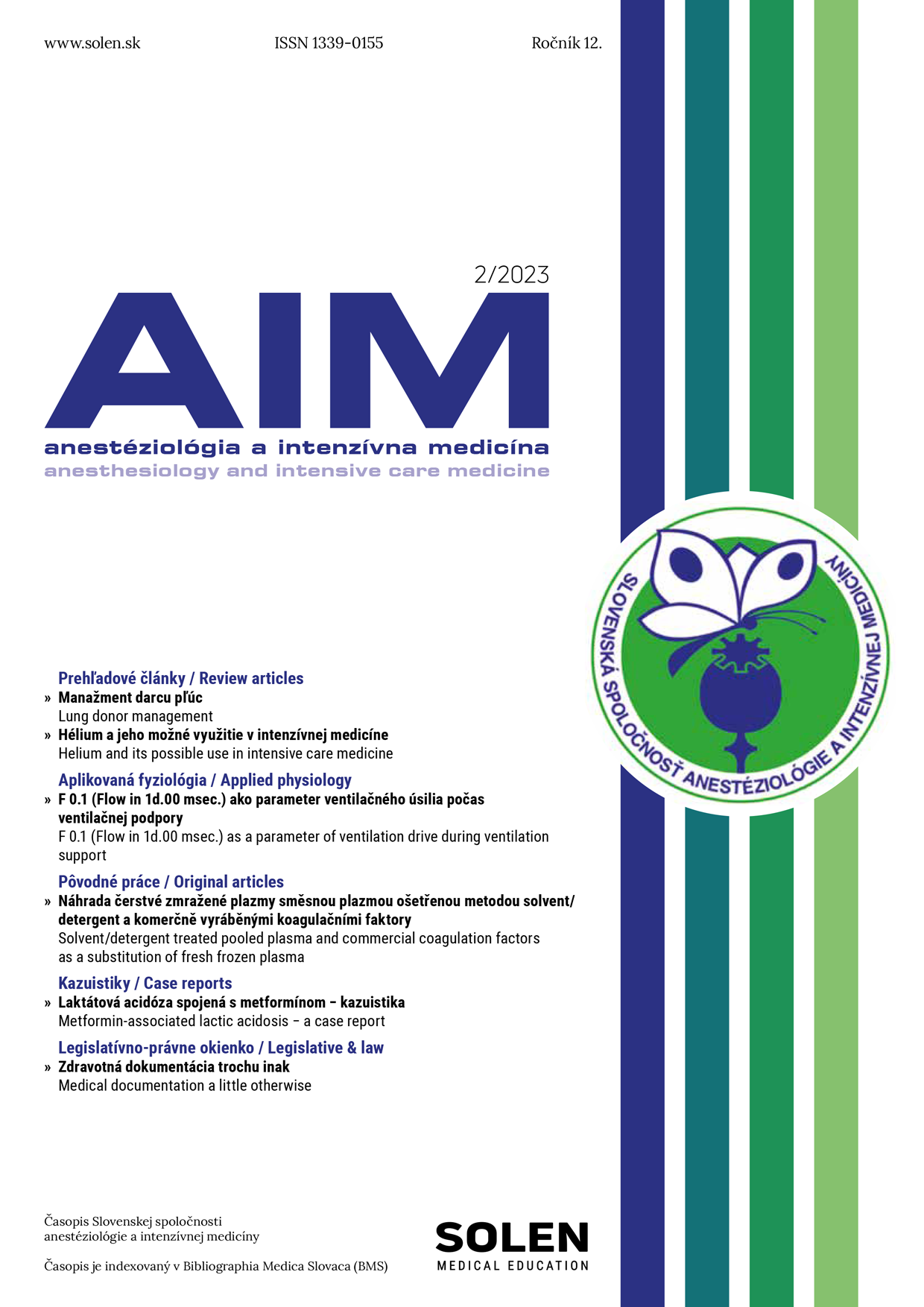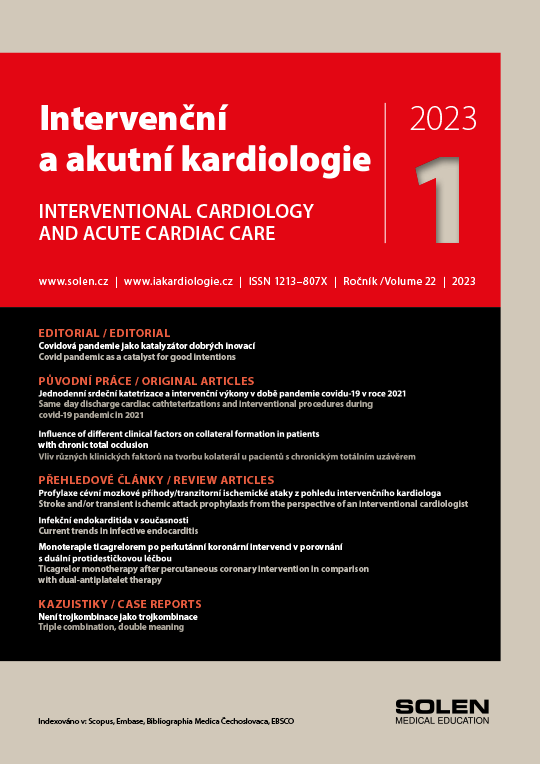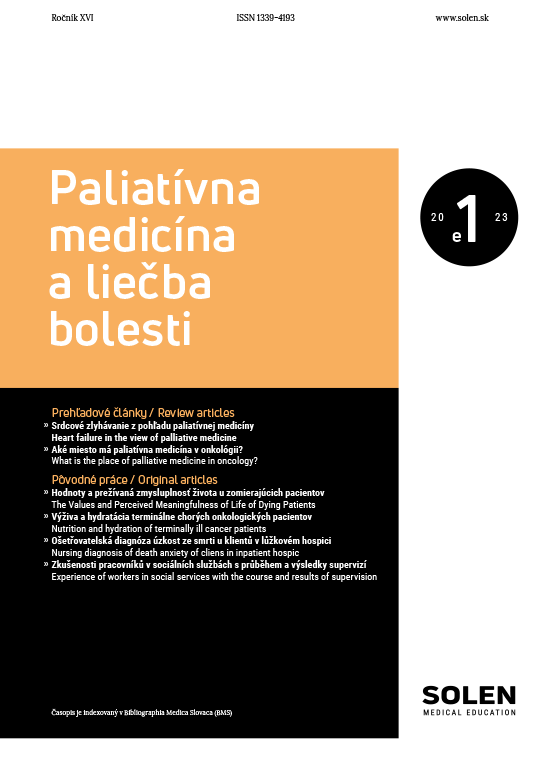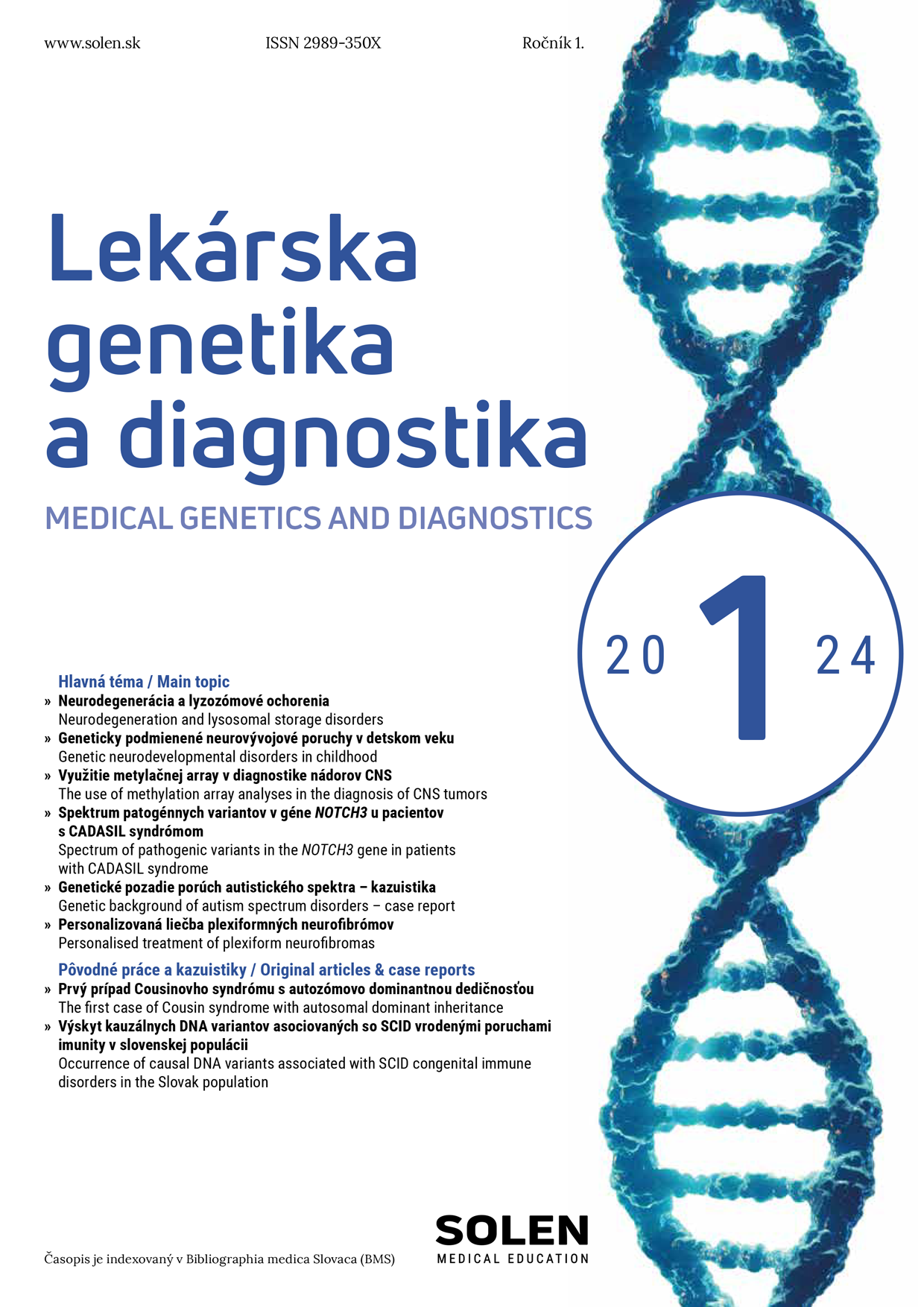Neurológia pre prax 2/2017
Bickerstaffova autoimunitní kmenová encefalitida
MUDr. Petra Plachá, prof. MUDr. Petr Kaňovský, CSc., MUDr. Michaela Kaiserová, Ph.D., MUDr. Sandra Kurčová
Bickerstaffova kmenová encefalitida (BBE) je společně s Miller-Fisherovým syndromem (MFS) a Guillain-Barrého syndromem (GBS) řazena do spektra autoimunitně podmíněných onemocnění postihujících nervový systém. V případě Bickerstaffovy encefalitidy je zánětem postižen mozkový kmen, s odpovídajícím klinickým obrazem. Prezentujeme případ 60leté pacientky, u které došlo během ně- kolika měsíců k rozvoji poruchy chůze, paleocerebelární a neocerebelární symptomatiky, internukleární oftalmoplegie, disociovaného nystagmu, oboustranné nukleární lézi lícního nervu a bulbární symptomatiky. Na magnetické rezonanci (MR) mozku byla zjištěna vícečetná T2-hyperintenzní ložiska supratentoriálně a v mozkovém kmeni. Vyšetření mozkomíšního moku prokázalo lehkou lymfocytární pleocytózu a zvýšenou proteinorhachii. Na základě klinického obrazu a provedených paraklinických vyšetření byl stav hodnocen jako Bickerstaffova autoimunitní kmenová encefalitida.
Kľúčové slová: Bickerstaff, Guillain-Barré syndrom, autoimunitní encefalitida, kmenová encefalitida
Bickerstaff's autoimmune brainstem encephalitis
Bickerstaff´s autoimmune brainstem encefalitis (BBE) is, together with Miller-Fisher syndrome (MFS) and Guillain-Barré syndrome (GBS), subdued as one of the autoimmune associated diseases affecting the nervous system. In case of Bickerstaff´s encephalitis the structure affected by inflammation is the brainstem, with the corresponding clinical features . We report a case of 60-year-old female patient who developed, within a few months a gait disturbance, paleocerebellar and neocerebellar symptoms, internuclear ophalmoplegia with dissociated nystagmus, bilateral nuclear lesion of the facial nerve and bulbar symptoms. Magnetic resonance (MR) imaging of the brain revealed multiple non-specific lesions in supra-tentorial localisation and in the brainstem. The examination of the cerebrospinal fluid exposed lymphocellular pleocytosis and increased proteinorhachia. By all of the other available paraclinical examination methods we were not able to find other possible cause and the case was closed with the diagnose of Bickerstaff´s autoimmune brainstem encephalitis.
Keywords: Bickerstaff, Guillain-Barré syndrome, autoimmune encefalitis, brainstem encefalitis


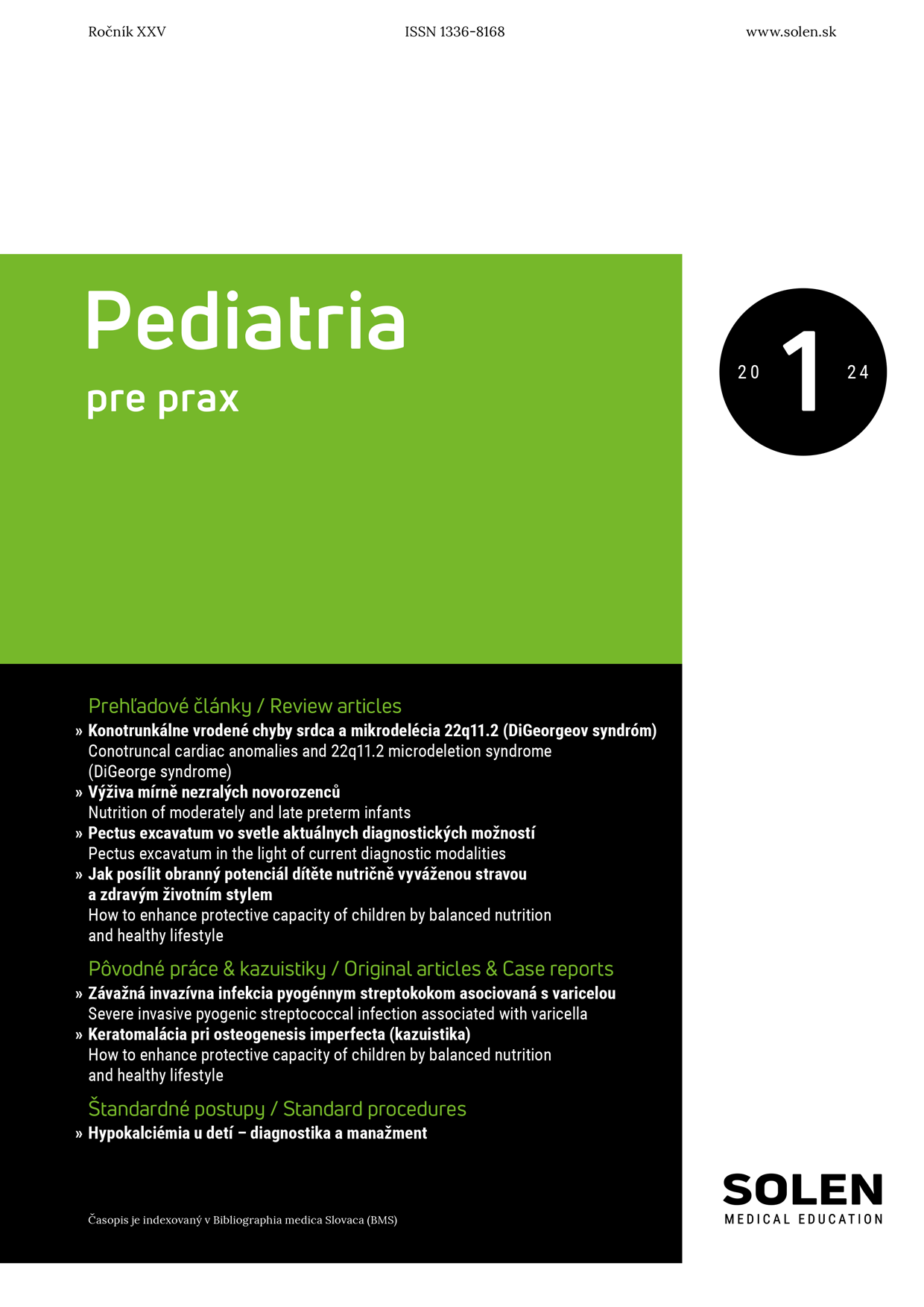
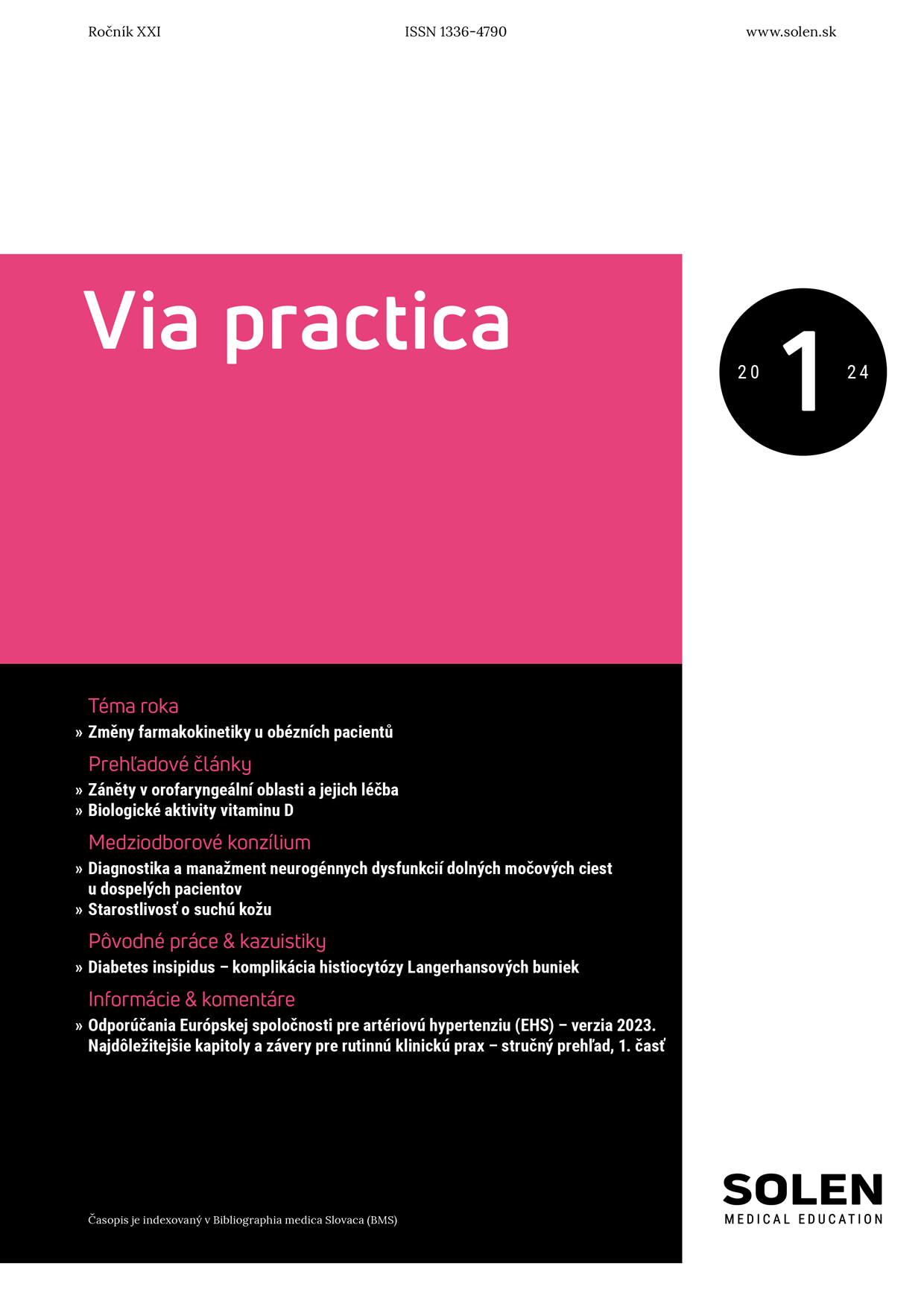
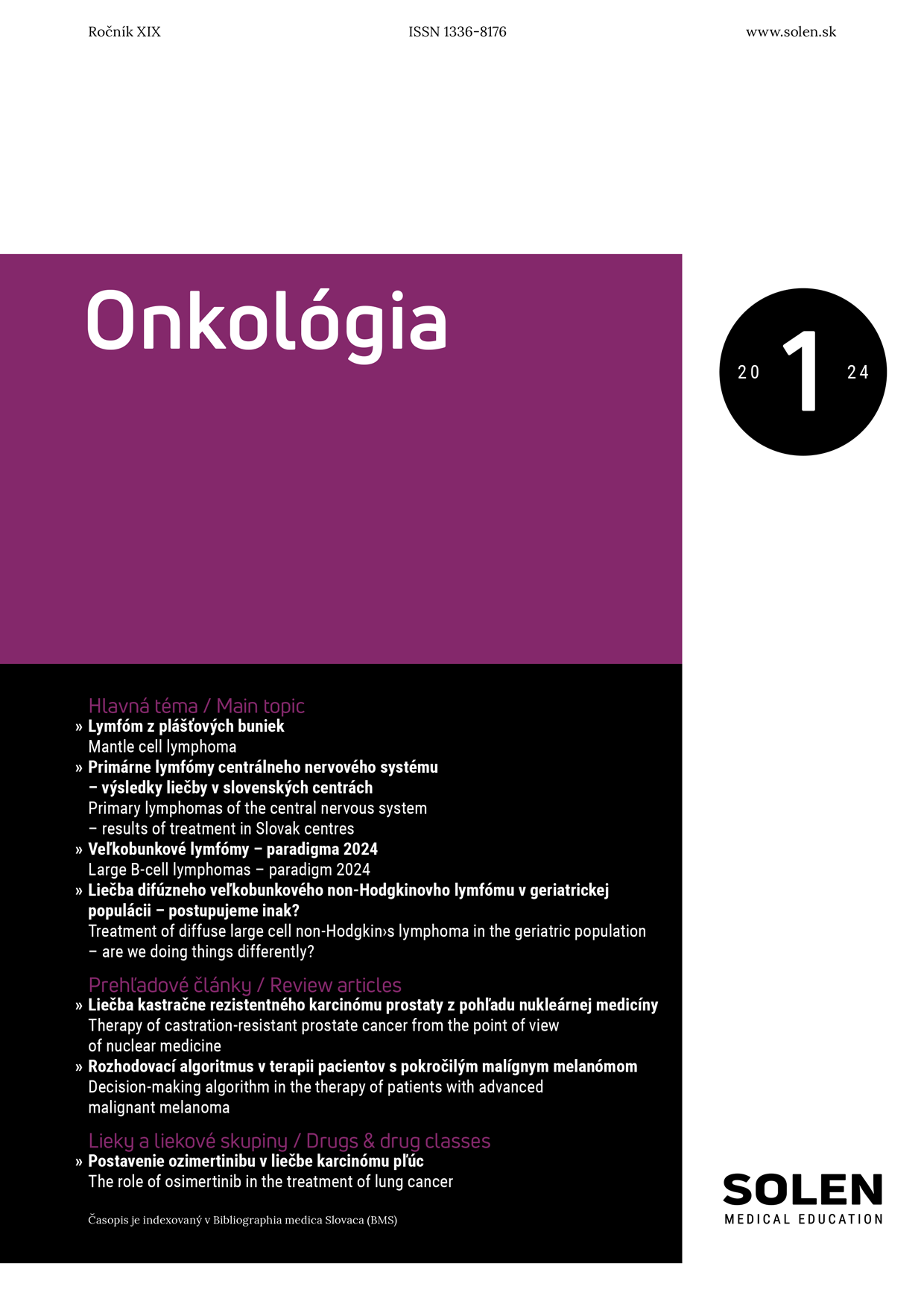
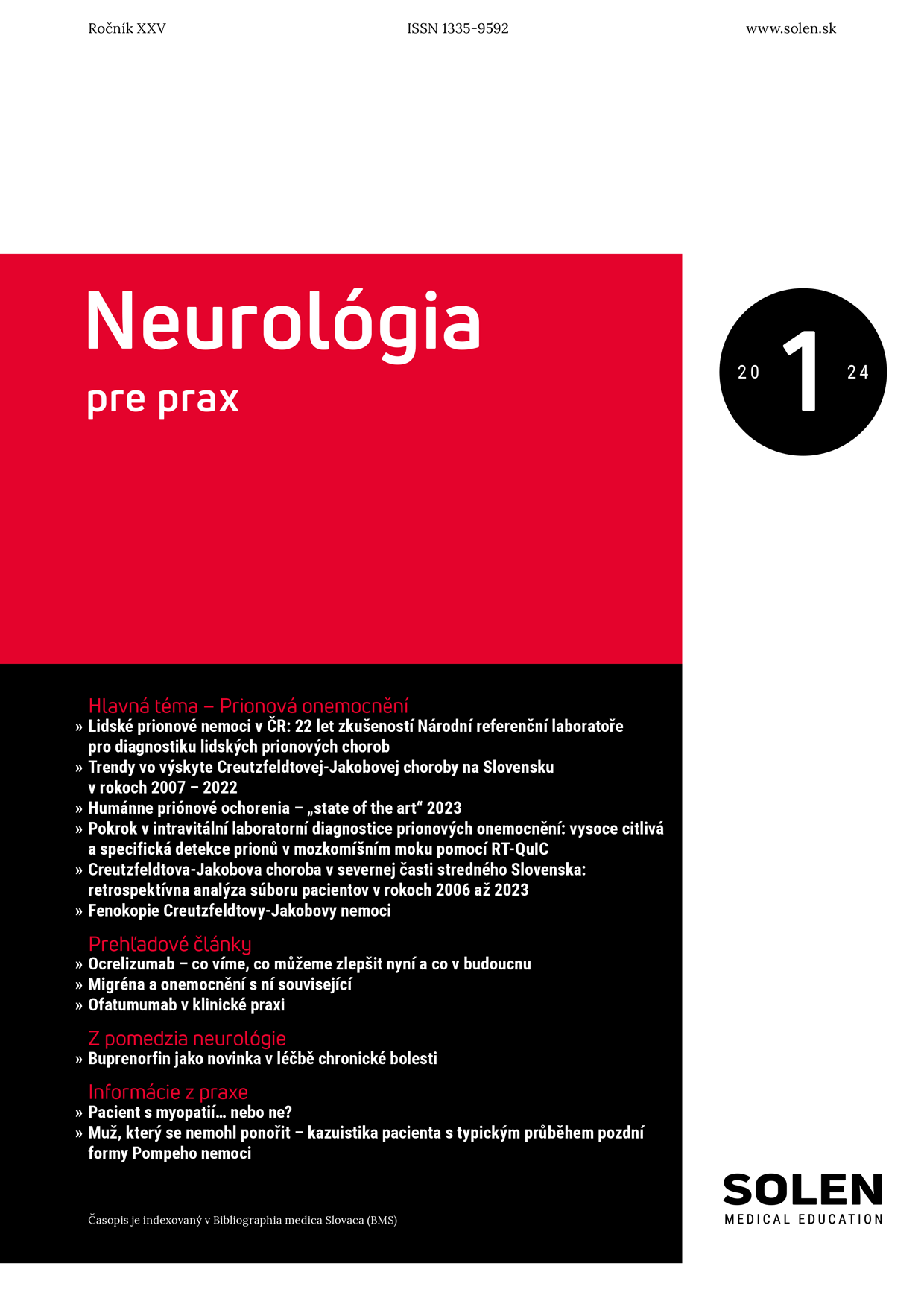
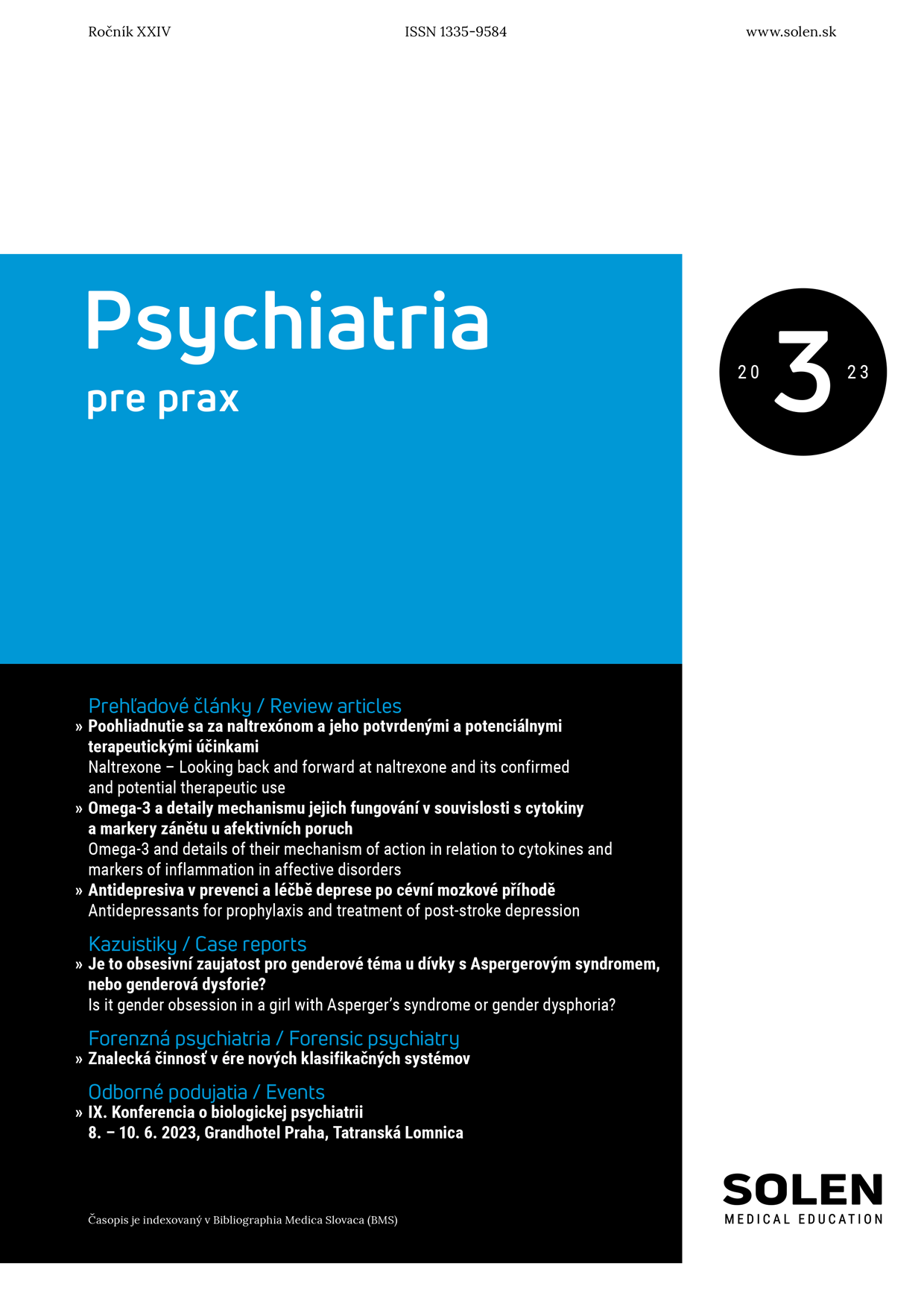
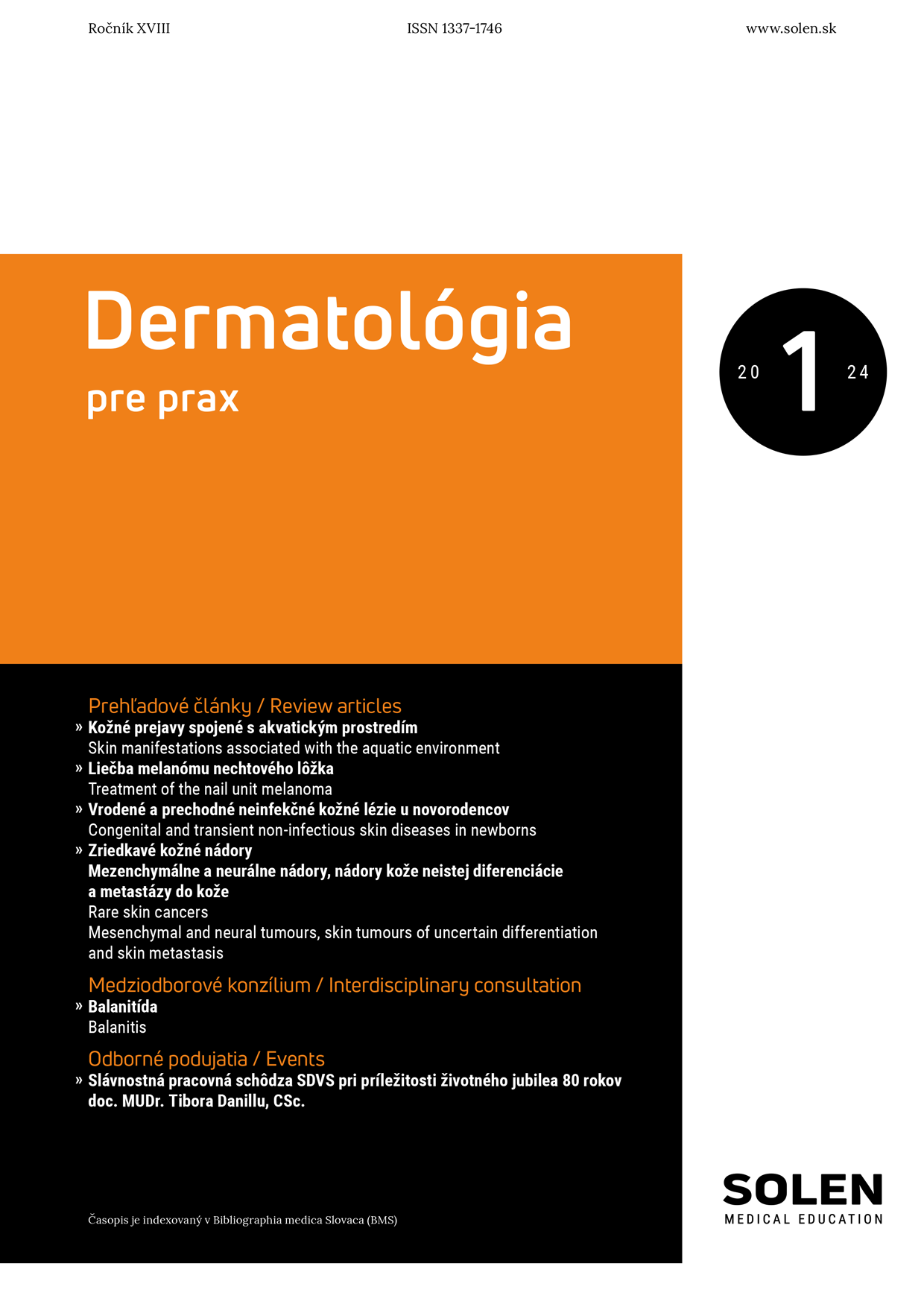
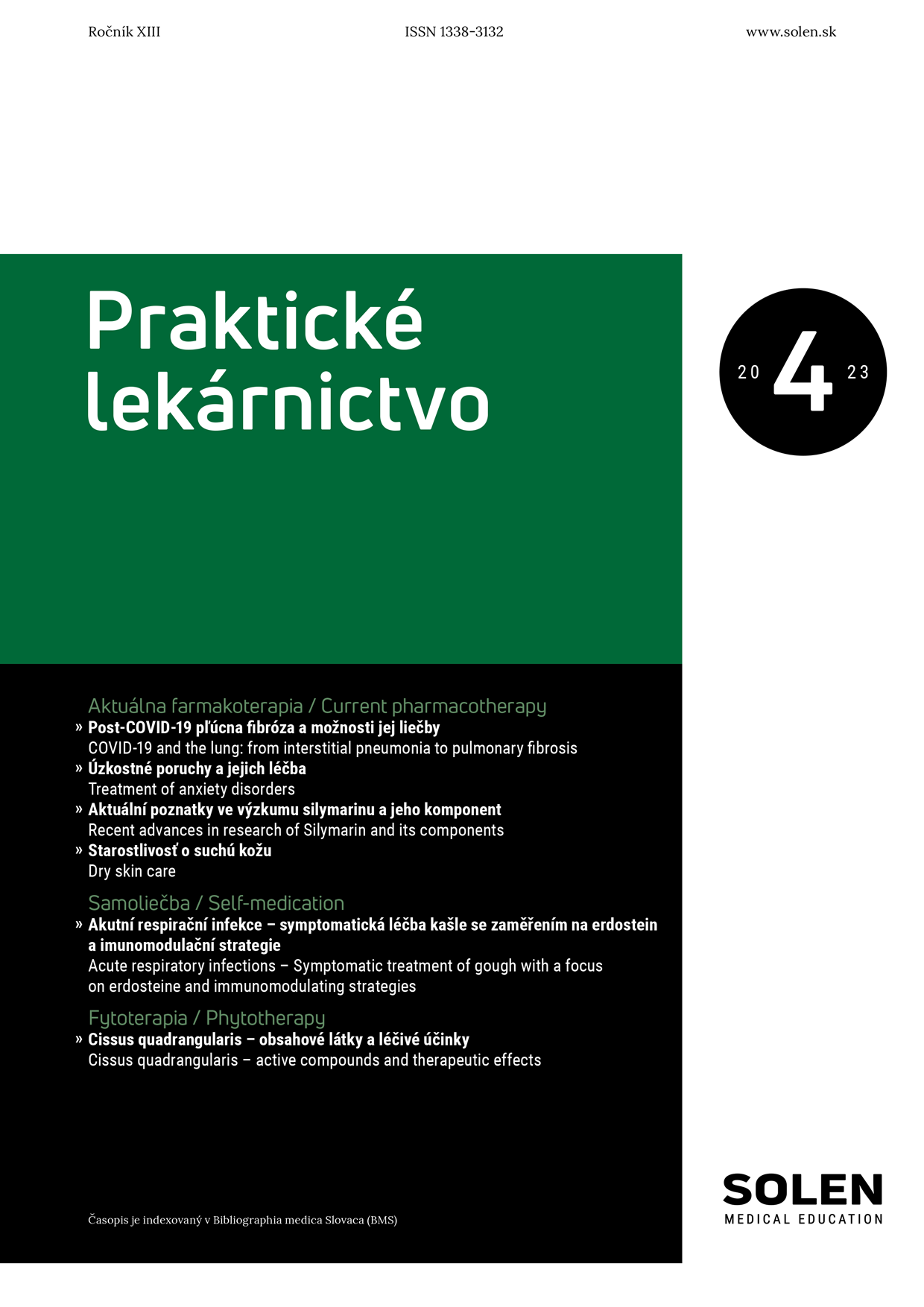
-1.png)
